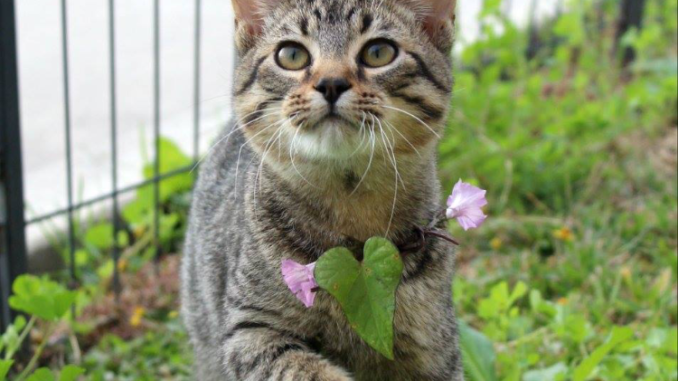
With a fast flick of his hand, Whitney Curole sent a large blue crab sailing into a white plastic basket as he sorted the last of the prized crustaceans at his Des Allemands dock operation. The crab flipped itself upright and extended its open claws in attack mode for a fight it obviously didn’t win. But Curole said he opposes the politics that he maintained are hurting his business as a commercial fisherman.
Curole continued sorting the catch just in from a Houma crabber, delivered shortly before the Louisiana Wildlife and Fisheries Commission (LWFC) closed the season on Monday (Feb. 20) for 30 days. The move also came with a year round ban on harvesting immature female crabs for commercial sale.
“They’re shutting us down for a whole month,” said a frustrated Curole.
With northern suppliers unable to harvest crab in frozen waters, crabs in southern waters are in higher demand with better prices but they can’t harvest them, he said. Also, warmer temperatures have made them more plentiful.
“There are a lot of crabs out there that we could be harvesting and making money,” Curole said. “We’re going to have to file for unemployment and maybe Food Stamps without a month of income. We all work in the crab business.”
It’s the first time that Curole can recall such a season closure, as well as the hardship that will come from no work during that time.
“It will be hard,” he said. “In my eyes, the state is laying me off … telling me I can’t go fishing for a month. It’s your job. It’s the way you’re making your living. We’re farmers of the water. When people can’t pick their corn, they compensate them and we can’t catch our crabs. We should be compensated.”
Curole and LWFC agree crab numbers are down, but they disagree on why.
And why it’s happening is critical in Louisiana with the largest blue crab fishery in the nation.
According to LWFC, the season closures are necessary because of over harvesting. It states crab population numbers have been declining since 2000 although last year’s numbers caused greatest concern.
LWFC’s 2016 Blue Crab Stock Assessment put the blue crab population at 14.3 million pounds in 2015. Its “overfished” benchmark is 17.1 million pounds, requiring it impose the 30-day closures of “trap fishery” every third Monday in February for three years to allow mature female crabs time to spawn and immature female crabs time to grow.
Based on his observations as a commercial fisherman, Curole blamed something different for the decline.
“It’s really bad because the main reason is it goes against what the biologists say as the reason of why the population is so low,” he said. “It’s the red fish, sheephead and drum fish eating the baby crabs,” he said. “The abundance of those fish and eating the crab young is why the numbers are declining.”
Reaching into a box full of crabs, he withdrew several crabs with numerous missing legs.
“These legs were eaten by fish,” Curole said displaying a crab with all its legs gone. “You leave them overnight in the traps and it will be full of them.”
Other Louisiana fishermen, who have reported lower yields in lump crab meat, agreed with Curole in asking LWFC for better fisheries management. They also cited an imbalance in fisheries with predator fish feasting on crabs for years and contributing to the declining crab population.
Curole additionally questioned what biologists will do when the season closures don’t improve crab numbers.
He also blamed legislators for increasingly passing laws that favor recreational fishing over commercial fishing.
“This is the whole thing,” he said. “How many laws are we going to put on the commercial crabber before we really fix the problem?”




Be the first to comment